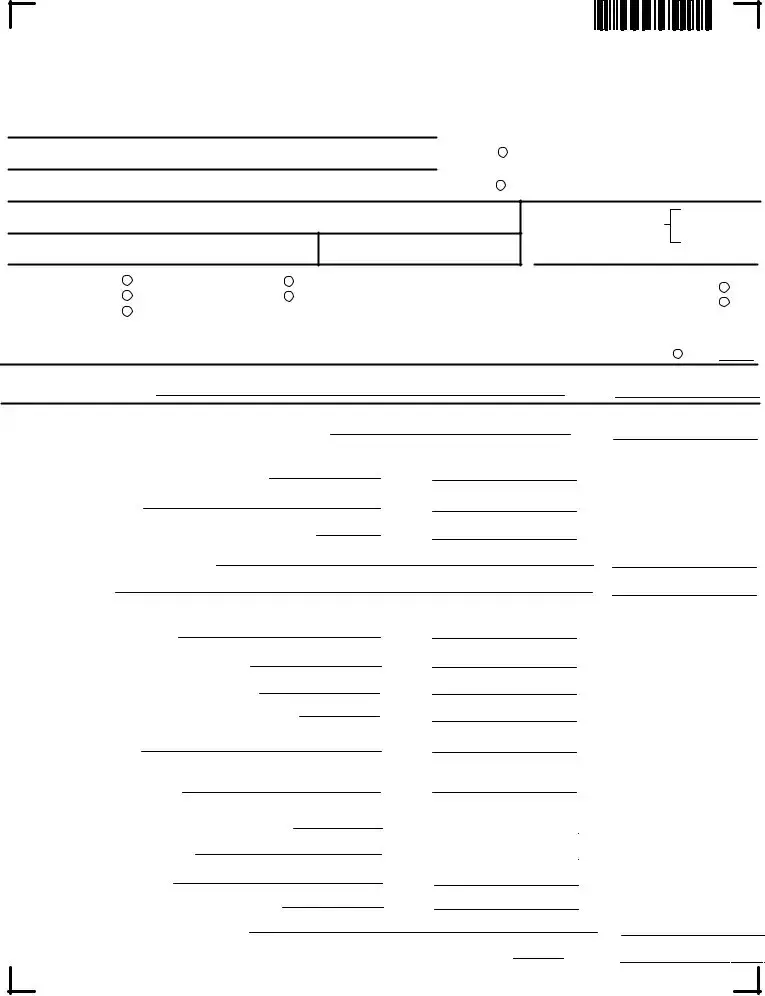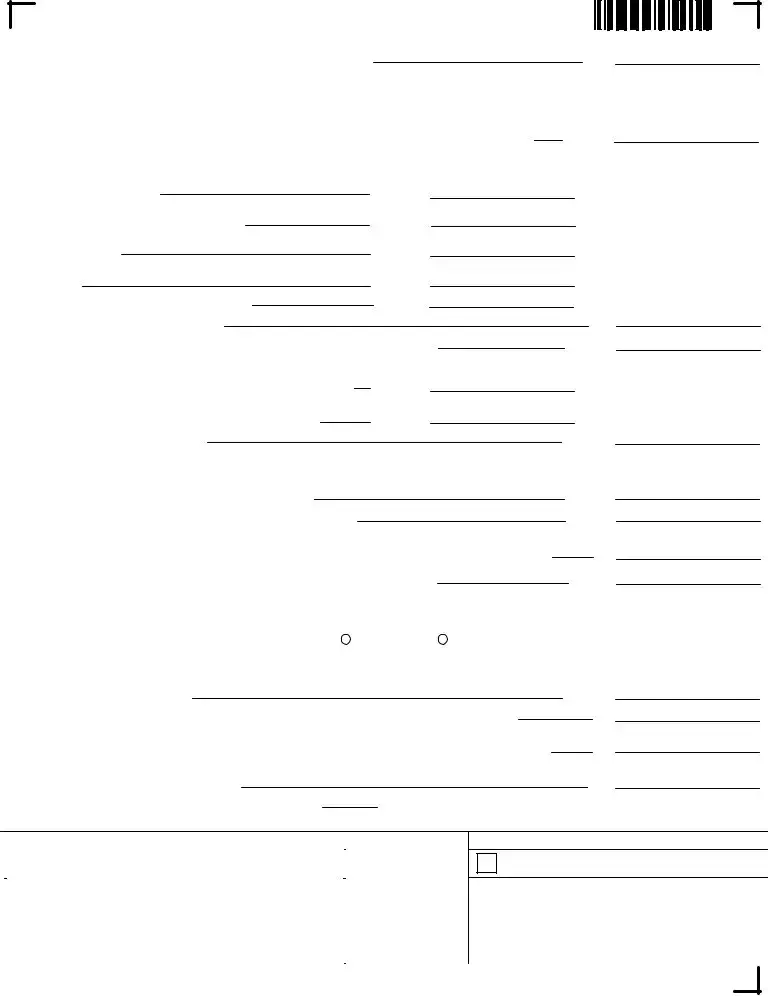Filing taxes is a responsibility that comes with its own set of challenges, and for residents of North Dakota, understanding the ND-1 Individual Income Tax Return form is a crucial aspect of the process. Designed by the North Dakota Office of State Tax Commissioner for the tax year 2010, this document requires filers to provide details about their income, deductions, and credits in a comprehensive manner. It demands careful attention to instruction, asking for information ranging from basic personal identifiers such as names and social security numbers to more detailed financial data such as federal adjusted gross income and various tax payments or refunds. The form accommodates different filing statuses, recognizes unique financial situations through options for amendments and extensions, and includes specific provisions for North Dakota-specific conditions like school district codes. The ND-1 form is structured to guide taxpayers through calculating their taxable income, factoring in deductions and credits to ensure accurate tax liability assessment or refund eligibility. It embodies a systematic approach to state tax filing, emphasizing transparency, accuracy, and compliance with state tax laws. As such, understanding every segment—from income source codes to voluntary contributions like those toward the Watchable Wildlife Fund or the Program Trust Fund—plays a pivotal role in navigating the complexities of individual tax returns in North Dakota.




